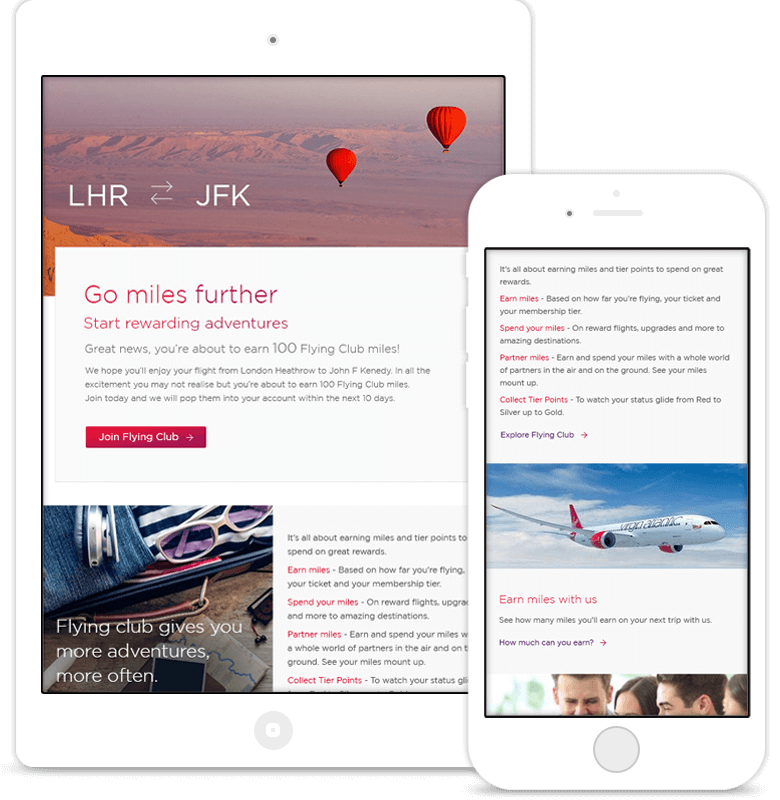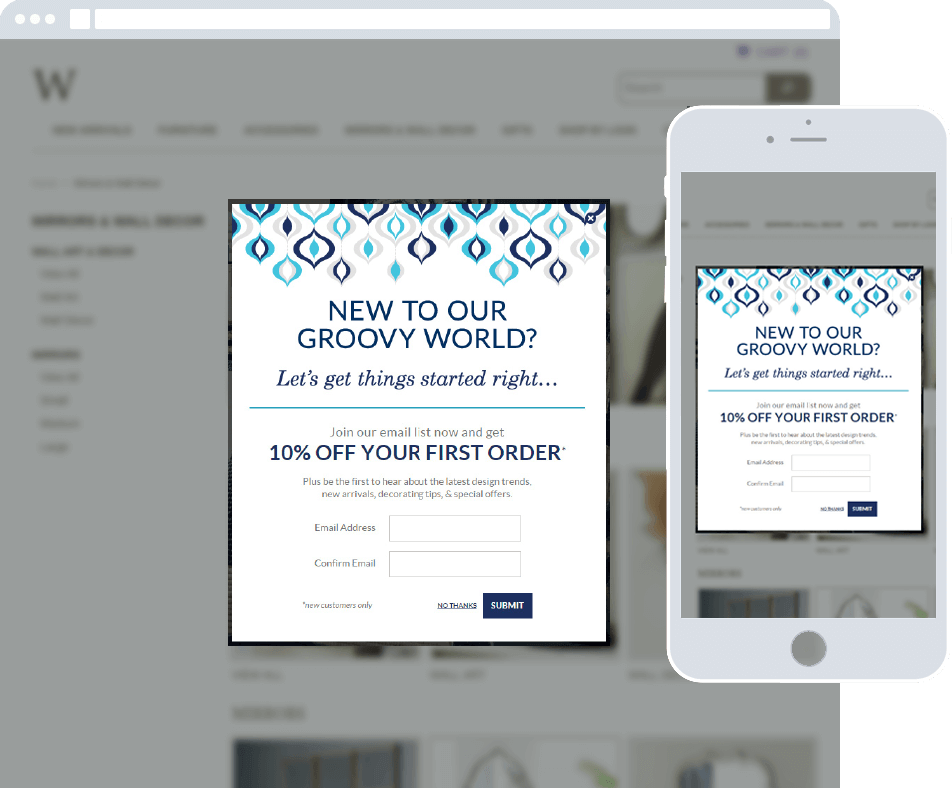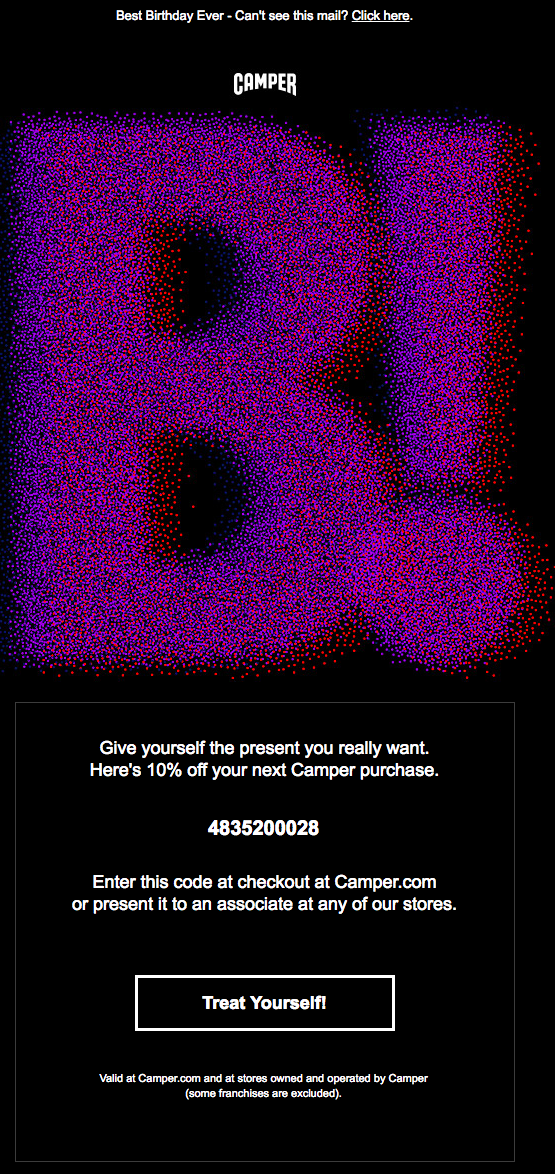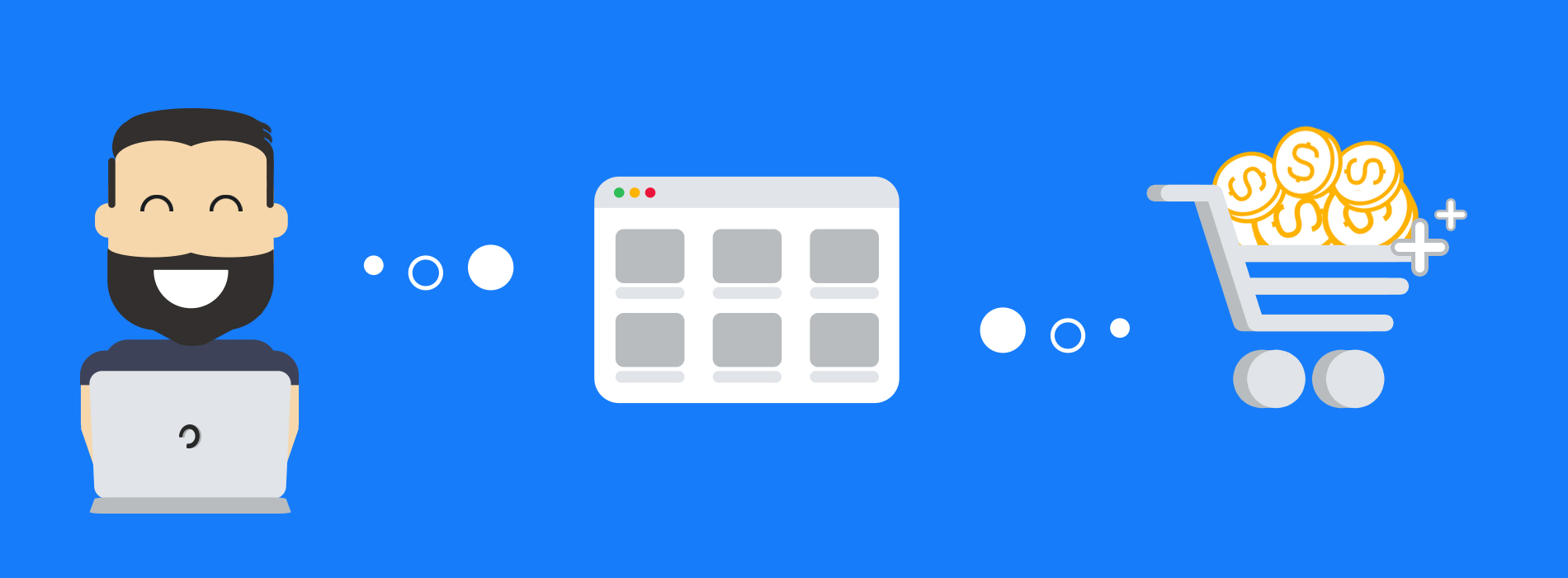Understanding customer loyalty and behavioural segmentation within your target market is essential for businesses, as it helps them to develop marketing strategies that will be effective in convincing potential customers to buy their products.
Customer loyalty is a strong indicator of a business’s success and can be a key factor in driving long-term growth. Therefore, it is important (especially in ecommerce) to understand the factors that influence customer loyalty and to develop strategies to encourage customers to remain loyal.
In this article we take a deep dive into segmentation based on customer loyalty, as well as the 4 types of customer loyalty, to help you further understand, target and further engage a loyal online customer base to boost sales and improve conversion rates.
What Is Behavioural Segmentation Based On?
Segmentation is the process of dividing a market into smaller groups of consumers with similar needs or characteristics. By segmenting the market, businesses can tailor their marketing efforts to better meet the needs and preferences of specific consumer groups. This can be more effective than trying to appeal to the entire market with a one-size-fits-all approach, which can bode bad results and lead to choice paralysis and therefore, increased cart abandonment rates for the online brand.
Why Is Customer Loyalty Important In Marketing?
Segmentation based on customer loyalty can be used to optimise the customer experience – and therefore goes hand-in-hand with online marketing strategies.
By understanding the needs and preferences of specific consumer groups, businesses can design products and services that better meet the needs of those groups and provide a more personalised ecommerce customer journey.
One key aspect of segmentation based on customer loyalty is the need to understand the factors that influence loyalty. These factors can vary from one business to another, but some common ones include the quality of the products or services offered, the level of customer service and customer retention, the convenience of the purchasing process, and other habitual buying behaviour examples. By understanding these factors, businesses can develop strategies to address any issues that might be causing customers to defect and to improve the overall customer experience.
Why Segment Your Customers?
Once a business has segmented its market based on customer loyalty, it can then develop targeted ads, ecommerce CTAs and marketing campaigns to reach specific consumer groups in order to capture more sales.
In addition to targeting marketing efforts and optimising the user experience and customer journey, segmentation based on customer loyalty can also be used to inform business strategy and decision-making. By understanding the factors that drive customer loyalty, businesses can make informed decisions about how to allocate resources and how to prioritise initiatives.
What Are The 4 Types Of Customer Loyalty?
There are many different ways that businesses can segment their market based on customer loyalty to increase customer service and customer retention. Some customer loyalty traits and common retention methods include:
- Loyalty status: This involves dividing customers into groups based on their level of loyalty to the business. For example, a business might segment its customers into groups of loyal customers, those who are at risk of defecting, and those who are already defected.
- Loyalty programme participation: This involves dividing customers into groups based on whether or not they participate in a loyalty programme. Loyalty programmes are designed to encourage customers to remain loyal to a business by offering rewards like promo codes – perhaps delivered via post purchase emails – and other incentives for making purchases.
- Channel loyalty: This involves dividing customers into groups based on the channels that they use to make purchases. For example, a business might segment its customers into groups of those who make purchases via desktop, those who make purchases via mobile ecommerce or in-app, and those who make purchases through a combination of channels.
What Is An Example Of Loyalty Segmentation?
A business might develop a marketing campaign targeting known loyal customers to encourage them to continue making purchases and recommend the brand to their peers. Similarly, a business might develop a marketing campaign targeting at-risk customers to try to win them back and prevent them from defecting to a competitor – further encouraging loyalty.
Here are 4 examples of how online brands use loyalty within segmentation to drive campaigns:
1. Email Capture
In this example, email capture is being used to persuade potential customers to stick around to gain access to special offers, in this case events and upgraded delivery methods – in turn, creating a greater urge to buy in the future.
A fashion business who sells sports clothing – such as ASICS – might also segment its market based on customers’ preferences for specific clothing items (in this case, sports items) and then will also be able to develop product lines that cater to those preferences and monitor stock levels.


2. Loyalty Programmes
To drive and maintain loyalty, you can communicate that the brand has a loyalty scheme, programme or club that offers special rewards. Not only can you capture more emails and build your mailing list using this method (in order to send more retargeting and remarketing emails), you can boost engagement with a more dedicated customer base.
Here’s an example from Virgin Atlantic, which showcases its Flying Club programme.


3. First Order Discounts
As this example says, it’s important to ”get things started right”. To encourage loyalty from the very beginning, online brands could benefit from offering a first order offer. This positive incentive should spur the consumer to make a purchase, and build an interest of the brand from this initial reward.


4. Birthday Discounts
Emailing customers on birthdays and other milestones is a great way to get their attention, and reward their loyalty. It can act as a reminder about your brand, and also reinforce any good feeling they may have about you.
Being a birthday, it’s appropriate to offer a gift. This could be in the form of a freebie, free shipping, or a one-time discount, and should persuade the customer to open and act on the email.


In Summary
In conclusion, segmentation based on customer loyalty is a powerful tool that businesses can use to better understand their target market and to develop targeted marketing strategies that will be effective in retaining and winning back customers. By understanding the factors that influence customer loyalty and segmenting the market based on loyalty status, your overall business strategy can be fine-tuned into retaining repeat purchases – overall boosting conversions.
Speak to an expert
Learn how to convert your online audience into revenue with our experts.


Casey Turnbull
Casey is a Fashion Journalism graduate & ecommerce marketing executive at SaleCycle. Casey is committed to producing high quality content backed by in-depth research and data. She has experience developing content in a range of sectors including fashion, ecommerce and sports.








![Valentine’s Day Ecommerce Tips and Trends [2024 Strategy]](https://www.salecycle.com/wp-content/uploads/2019/01/valentines-ecommerce-1.png)



![How SaleCycle helped Vodafone increase their online sales by an additional 2,000 additional sales per month [Extended Version]](https://www.salecycle.com/wp-content/uploads/2023/08/vodafone-banner.webp)





